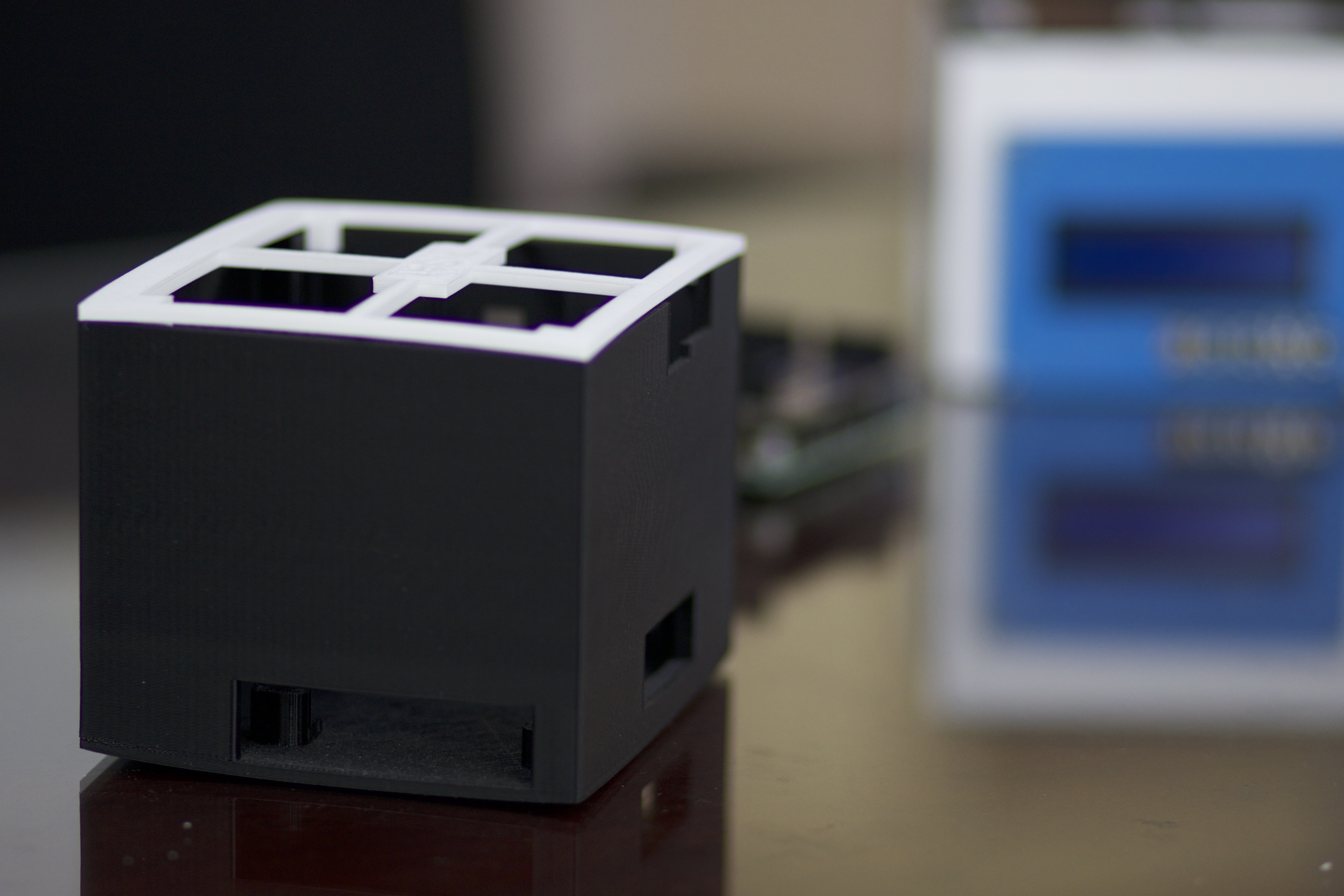Each month the Strategic Partnerships Office will tell the story of renowned innovators at NASA’s Goddard
Space Flight Center and how their technological breakthroughs are brought from the labs to our lives. During the James Webb Space Telescope’s time at Goddard, technicians assembled and tested 18 large mirrors. The teams responsible for this part of the mission developed a system to test each mirror, and this
system is now used in LASIK eye surgery.
Uncategorized
Mirror Measuring Technology from the James Webb Space Telescope Helps Improve LASIK Eye Surgery
AeroPods available for licensing to teach middle and high school students about STEM
Each month the Strategic Partnerships Office will tell the story of renowned innovators at NASA’s Goddard
Space Flight Center and show how their technological breakthroughs are brought from the labs to our lives.
This month features AeroPods, which allow aerodynamically stabilized imaging and sensing. Inventors Geoff Bland and Ted Miles are licensing this technology to schools aiming to provide hands-on STEM experience to students.
Modulated X-ray Source Licensed by Massachusetts General Hospital (August 2018)
Each month the Strategic Partnerships Office will tell the story of a renowned innovator at NASA’s Goddard
Space Flight Center and show how their technological breakthroughs are brought from the labs to our lives.
This month features the Modulated X-Ray Source (MXS), a tool originally designed to use X-rays for deep
space communication and navigation which is being adapted to advance medical X-ray imaging.
NASA Goddard Space Flight Center to Pilot the Patent Innovation Entrepreneurship Rapid Research (PIERR) Program
Diversity of thought can pay big dividends. A 2015 report by McKinsey & Co. found that companies in the top quartile for diversity are 35 percent more likely to have above median financial returns. When organizations bring new viewpoints to the table, everyone wins.
In order to tap into diverse sources of innovative ideas, NASA’s Goddard Space Flight Center (GSFC) is piloting the Patent Innovation Entrepreneurship Rapid Research (PIERR) program, which allows high school and college students to apply their unique perspectives and find creative uses for patented NASA technologies in areas such as data science and machine learning. The students will receive mentorship guidance from experts and industry leaders, available through a collaboration with a social enterprise organization.
Students from varied academic disciplines will work together to rapidly study a select group of NASA patents. These budding entrepreneurs will work hand-in-hand with NASA’s technology transfer managers and inventors, deepening their understanding of each technology’s potential. At the end of PIERR, students present their findings, having generated entrepreneurial leads and invented new applications for high-tech products. Participating students gain a vast portfolio of skills to amplify their career options, and NASA obtains new ways to bring the technology from the labs to our lives.
PIERR will benefit students and NASA through the creation of currently unimagined start-up industries or commercialization of new products. Equipped with a wealth of newfound knowledge, members of PIERR’s cohort can become the next generation of high-tech entrepreneurs, and NASA gains fresh approaches to exploring technology transfer. The future is here with PIERR.
For more information, please contact:
Brooke Purinton
301-289-7509
brooke.purinton@nasa.gov
Dennis Small
301-286-7960
dennis.a.small@nasa.gov
NASA Goddard Strategic Partnerships Office Participates in Institute of Water Security and Science (IWSS) Spring Conference
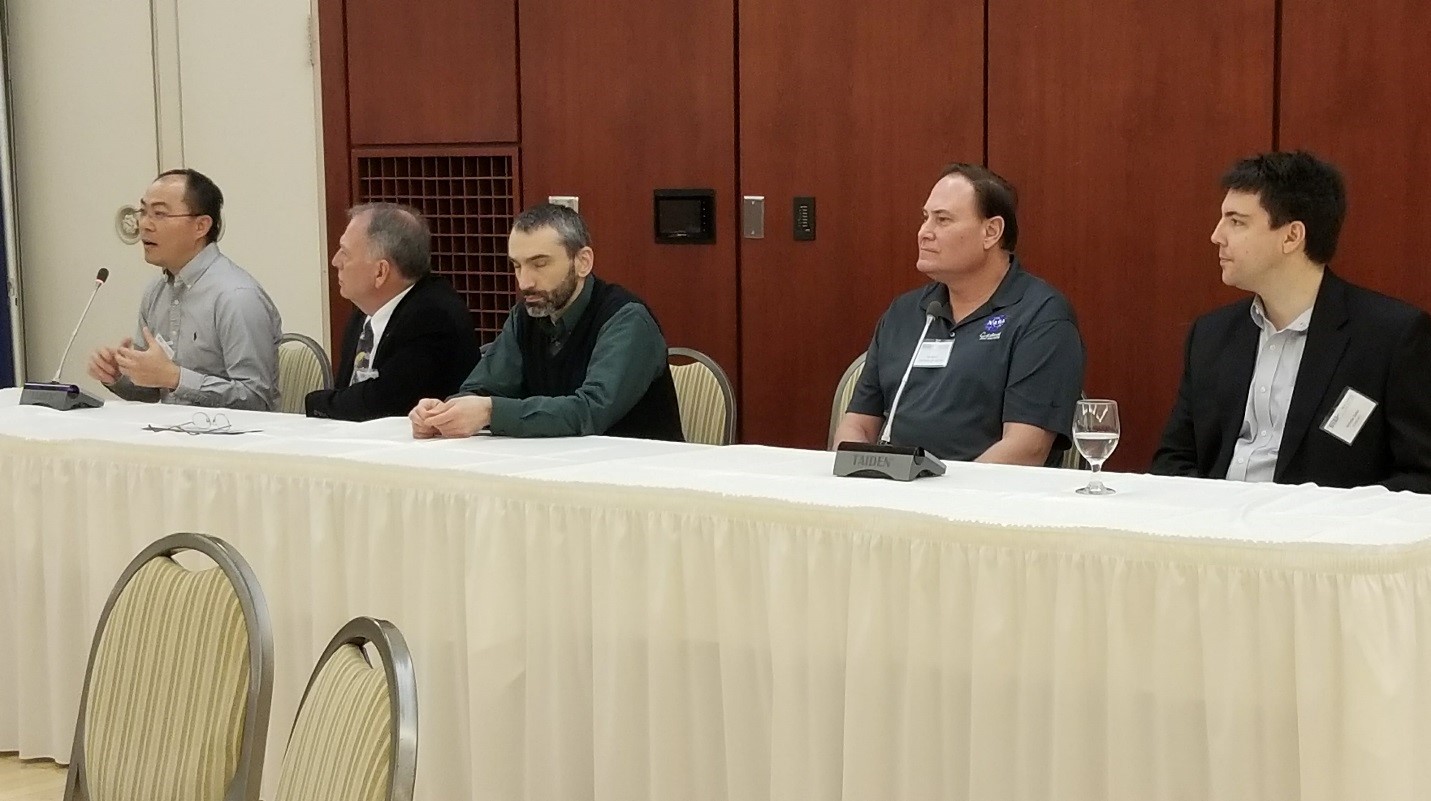
Strategic Partnerships Office (SPO) Senior Technology Manager Ted Mecum (4th from left), participated in an open panel discussion as a representative of Federal Labs and a subject matter expert in government partnerships and technology transfer. Credit: NASA
On February 20th and 21st representatives from Goddard’s Strategic Partnerships Office (SPO) attended the Institute of Water Security and Science (IWSS) Spring Conference in Morgantown, WV at West Virginia University. The conference was attended by approximately 150 attendees and focused on water security and research sciences. Representatives made contacts with the Maryland Chesapeake Bay Foundation as well as university researchers who showed interest in NASA’s capabilities and resources. NASA Goddard exhibited along with the Federal Labs Consortium (FLC), and showcased 5 technologies from Goddard’s technology portfolio that offer potential water and water science commercial applications. Goddard’s SPO arranged for Dr. John Bolten, a subject matter expert in water research and sciences from Goddard’s Sciences and Exploration Directorate’s hydrology division, to present on his research using space-based observations for improved global water security and sustainability. [Read more…]
Pi-Day 2017
Celebrate Pi Day with NASA’s Goddard Space Flight Center small satellite, named appropriately for the day, Pi-Sat! The primary goal for the project is to create a low-cost and easy-to-use test bed to facilitate research and development of the next generation Distributed Spacecraft Missions (DSM).
OPTIMUS PRIME Spinoff Promotion and Research Challenge Brings Winning Students to NASA Goddard
From June 28 through 30, 2016, the OPTIMUS PRIME Spinoff Promotion and Research Challenge (OPSPARC) gave the contest’s winning students the opportunity to explore NASA’s Goddard Space Flight Center in Greenbelt, Maryland.

The student winners of the OPTIMUS PRIME Spinoff Promotion and Research Challenge visited NASA’s Goddard Space Flight Center in Greenbelt, Maryland, June 28 through 30, 2016, to receive their awards.
Credits: NASA Goddard/Sophia Ryan
Three teams of students from elementary, middle and high school won the contest by creating the most popular ideas to use NASA technology in new and innovative ways. The students used an online platform called Glogster to make posters about their ideas, and the general public voted for their favorites.

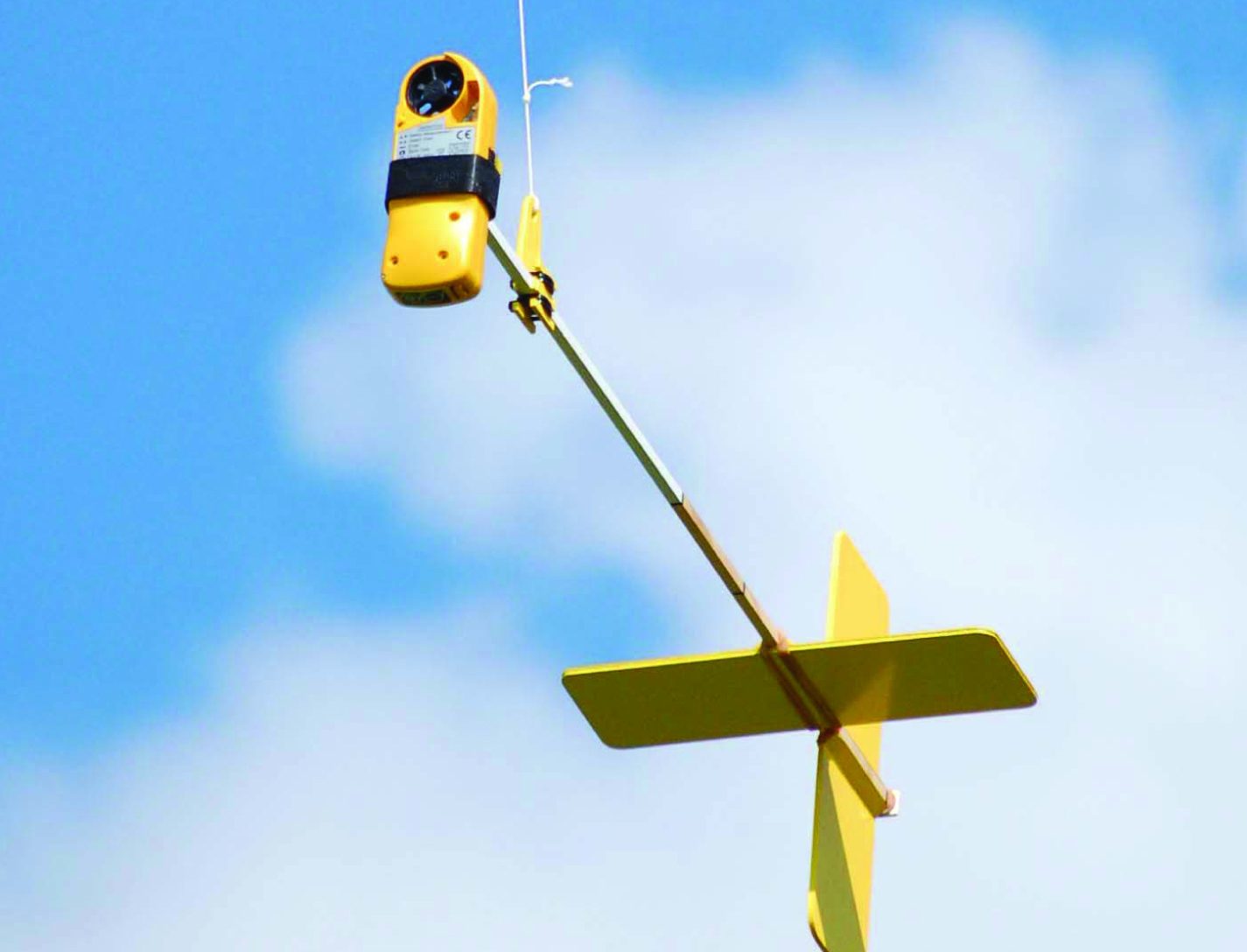
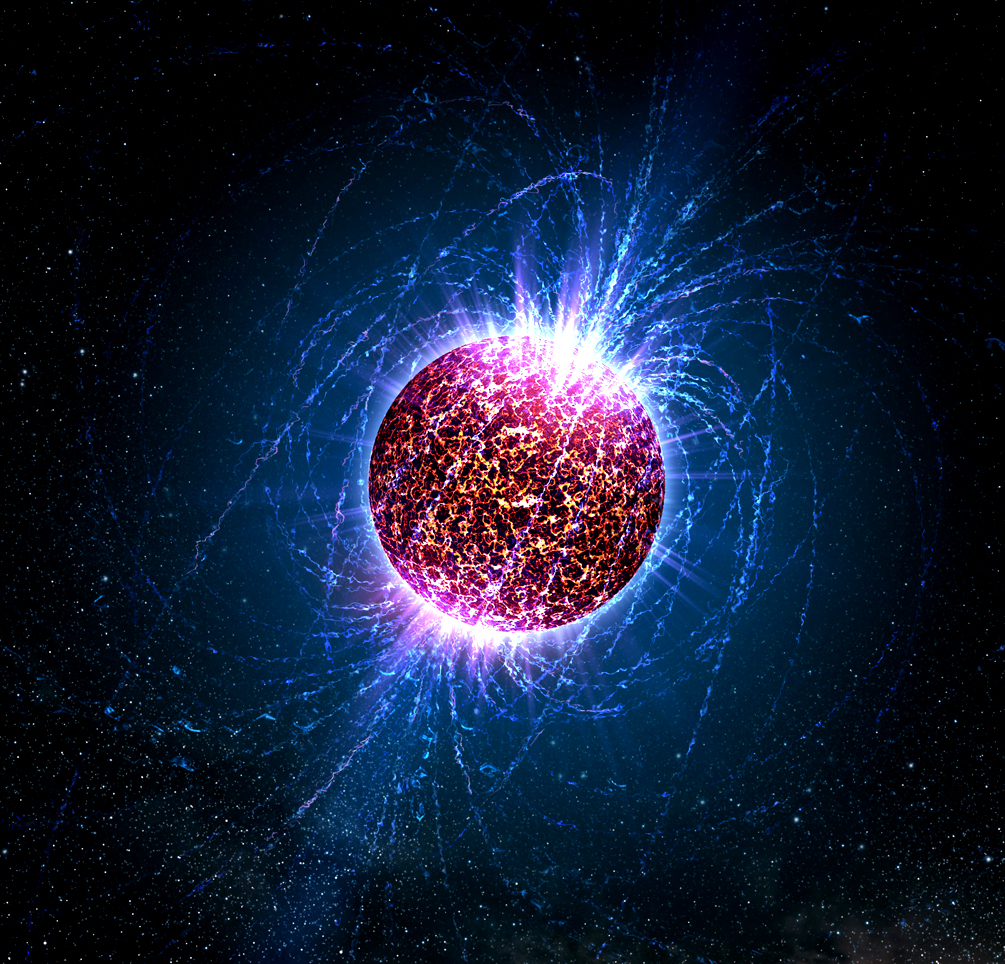
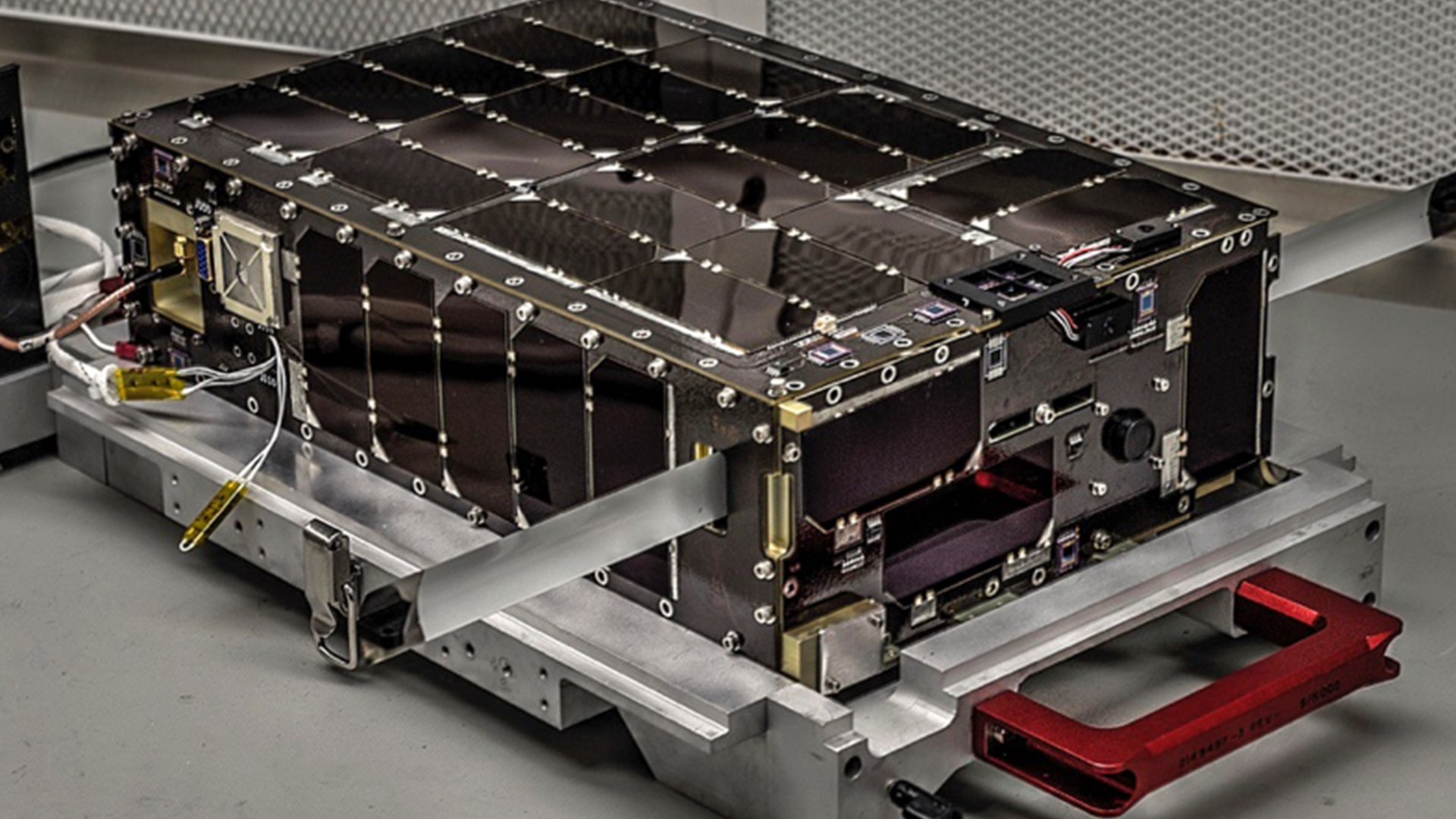
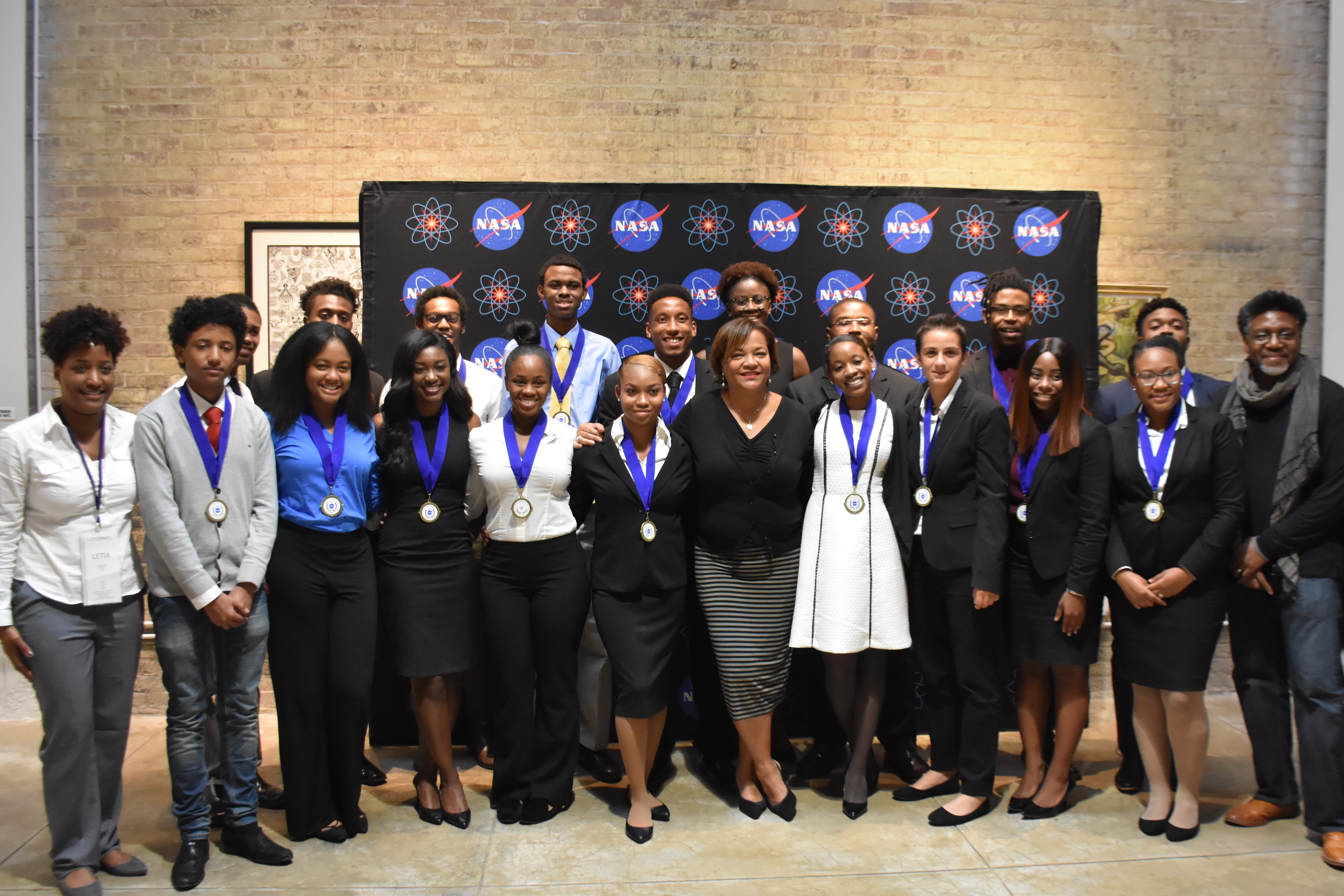
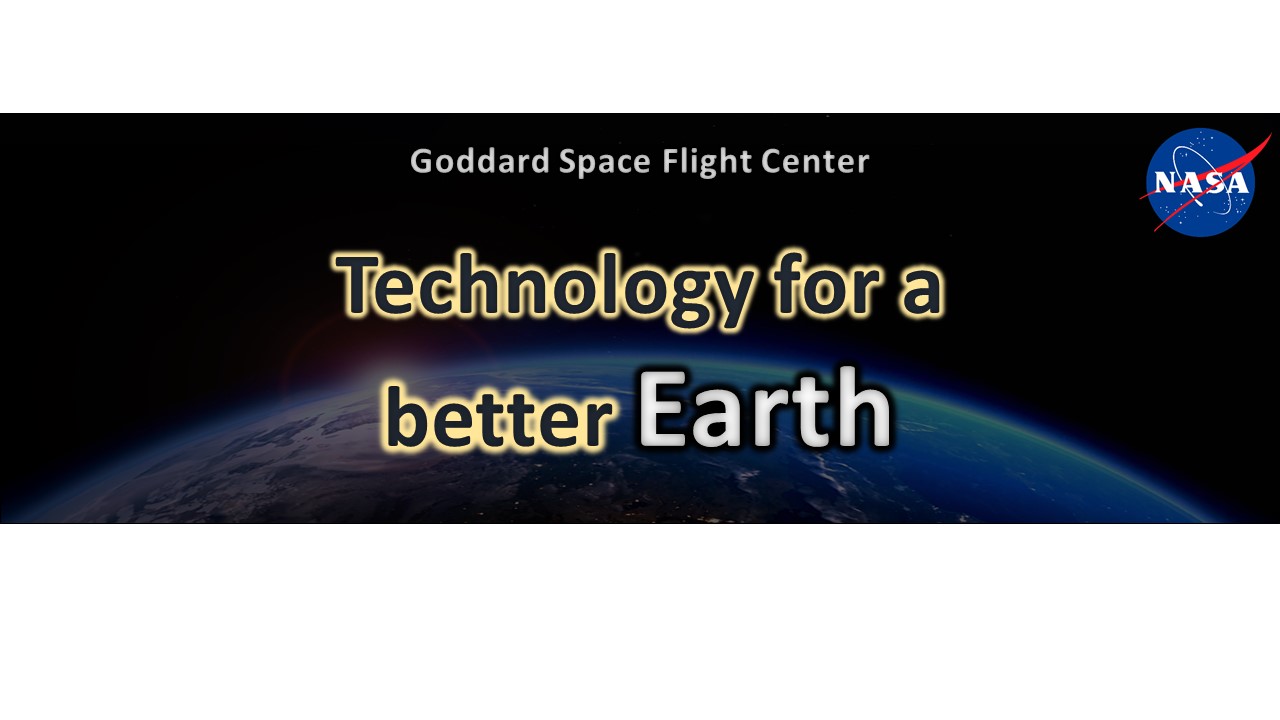 In celebration of Earth Day, NASA’s Goddard Space Flight Center would like to highlight a few patented technologies that have helped and have the potential to help make our Earth a better place. In today’s world it has become more apparent than ever to minimize our carbon footprint, and to become more efficient. Goddard’s engineers and scientists develop cutting edge technology with “green” practices in mind. Some of Goddard developed “green technologies” include a variety of space-application uses, in addition to being used in other non-space applications here on Earth.
In celebration of Earth Day, NASA’s Goddard Space Flight Center would like to highlight a few patented technologies that have helped and have the potential to help make our Earth a better place. In today’s world it has become more apparent than ever to minimize our carbon footprint, and to become more efficient. Goddard’s engineers and scientists develop cutting edge technology with “green” practices in mind. Some of Goddard developed “green technologies” include a variety of space-application uses, in addition to being used in other non-space applications here on Earth.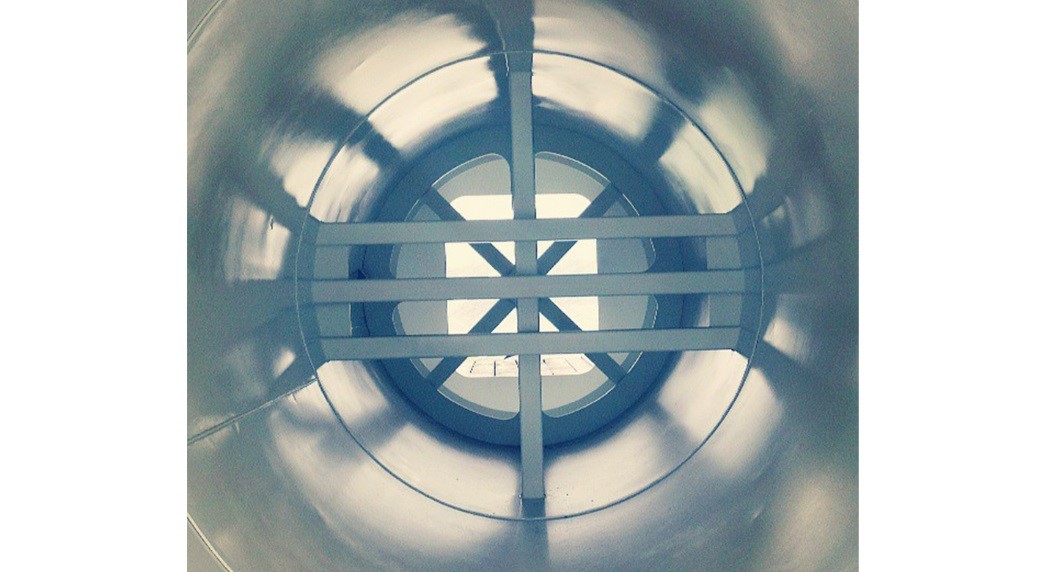 This innovation allows the propulsion branch to internally clean flight tubing using water and nitrogen gas, instead of harmful chemicals such as isopropyl alcohol. This approach actually reduces the use of alcohol based cleaners by as much as 90%, significantly lessening the impact of hazardous waste on our environment. Click on
This innovation allows the propulsion branch to internally clean flight tubing using water and nitrogen gas, instead of harmful chemicals such as isopropyl alcohol. This approach actually reduces the use of alcohol based cleaners by as much as 90%, significantly lessening the impact of hazardous waste on our environment. Click on 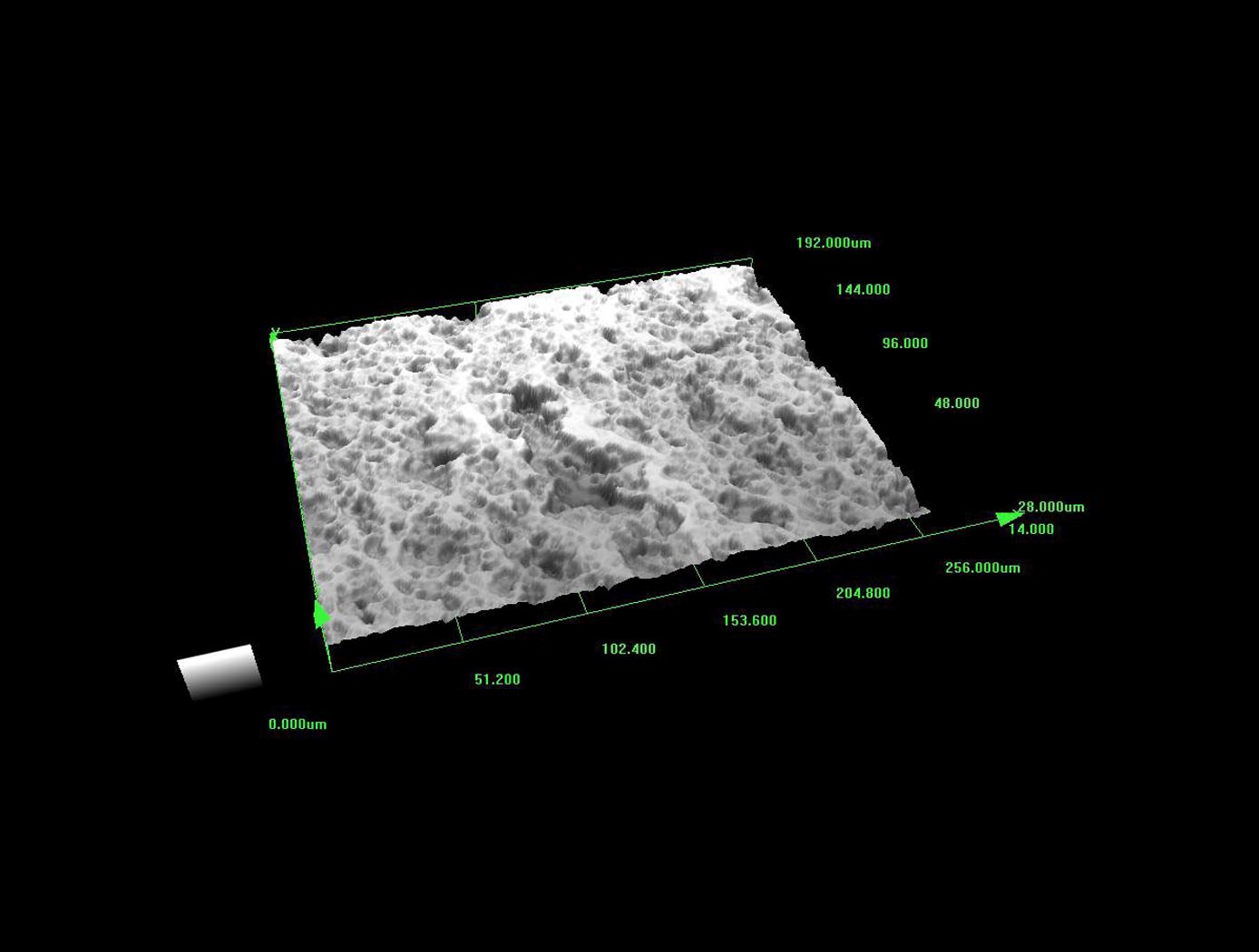 The Molecular Adsorber Coating (MAC) was developed at Goddard to address material outgassing. Outgassing can cause significant degradation of sensitive space instruments, potentially reducing the operational lifetime of an entire mission. For more down to earth applications MAC is an easily applicable coating that can be beneficial in areas where contaminants and volatiles need to be collected and contained such as pharmaceutical, food industry, and electronics manufacturing. This particular technology is helping contribute to a better Earth and environment by controlling harmful volatile organic compounds. Click on
The Molecular Adsorber Coating (MAC) was developed at Goddard to address material outgassing. Outgassing can cause significant degradation of sensitive space instruments, potentially reducing the operational lifetime of an entire mission. For more down to earth applications MAC is an easily applicable coating that can be beneficial in areas where contaminants and volatiles need to be collected and contained such as pharmaceutical, food industry, and electronics manufacturing. This particular technology is helping contribute to a better Earth and environment by controlling harmful volatile organic compounds. Click on 